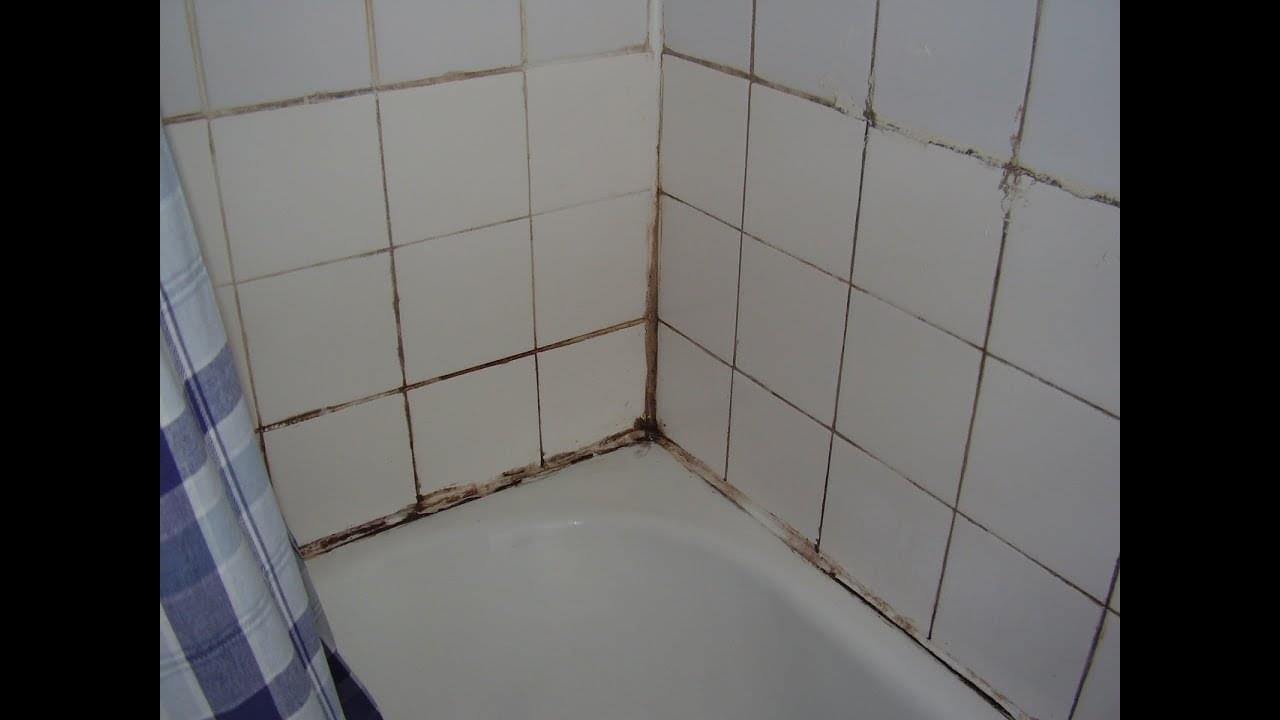
Sunday, October 13, 2019
If I had a quid for every time someone brings this subject up I would not be sat here writing this blog! I would be sailing on my Yacht (not yet purchased) somewhere exotic (location not yet decided).
Here is a ***spoiler alert!***
***EXTRACTOR FANS ARE NOT THE ANSWER***
There is no silver bullet to solving or preventing the issue, I have been in bathrooms less than 5 years old full of mould, and some bathrooms older than 30 years without a trace of the stuff.
Modern properties that are more insulated, can suffer the worst, due to lack of airflow! Older more draughty properties are usually less affected. Airflow plays a massive part.
So what are you doing that is promoting or preventing the mould starting?
One thing is for sure, once it’s started it’s not easy to stop, so prevention is far more effective than any cure, if there is one (that works).
In the worst cases I have seen, there are usually a combination of 2 things going on:
Either one on their own are enough to get things moving in the wrong direction, but when put together it can be really devastating to the look and integrity of the whole installation.
So what can be done?
During the installation:
After installation/ end user maintenance:
All of the above, and no mention of an extractor fan…..
But Finally.
If you do have an extractor fan:
Opening the window for 5 minutes is far more effective than a fan running for 20.
Remember, an extractor fan moves air - not steam. It will help clear steam if the air is allowed to flow through the room...... with the help of the extractor.
We offer a 3 year warranty with all of our bathrooms and we advise on how to care for your bathroom in more detail after your installation is complete.